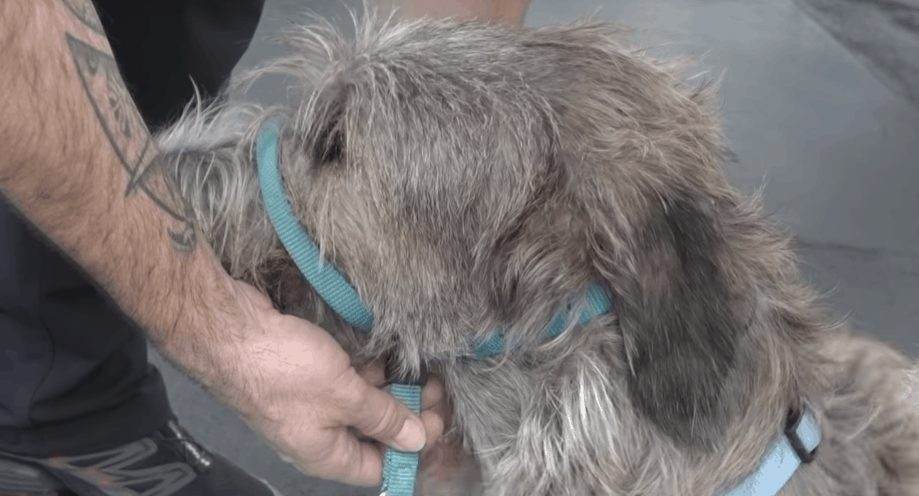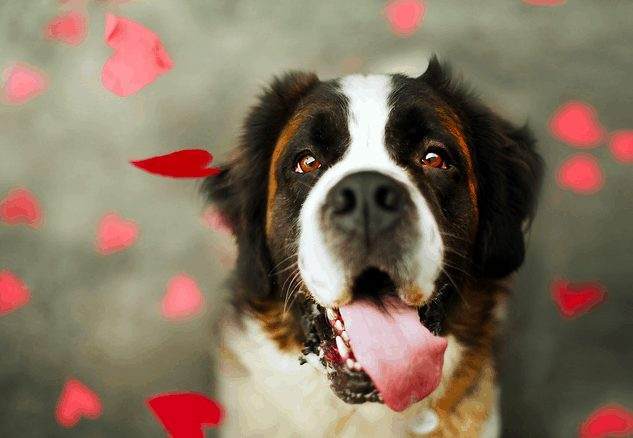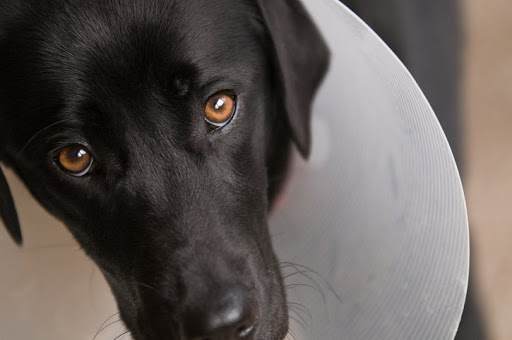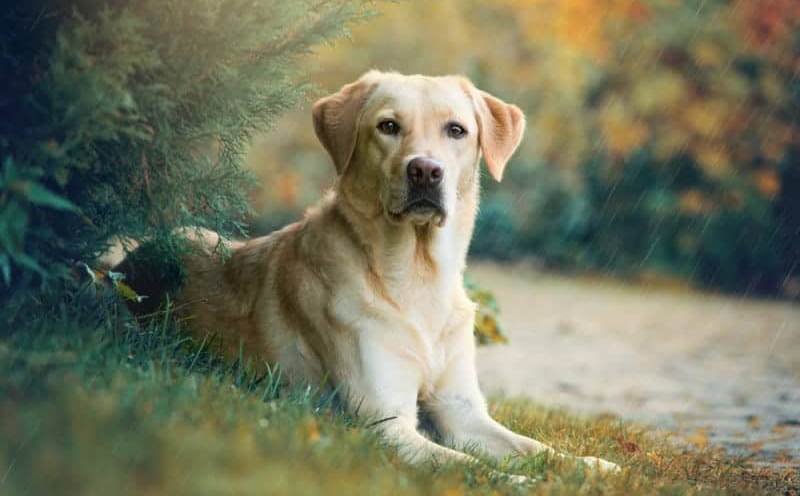I actually used one when I trained my dog. The Gentle Leader, is one of our most popular training tools for some of more excited dogs. It can also be used for some of our bigger, stronger dogs. It’s a great piece of equipment that relies on control without force.
Information on the Gentle Leader Head Collar
- Usually, straps over the back and nose of the dog allow you to control the head collar to control its movement
- Its design is meant to turn the dog’s head whenever you are the pulling on the least
- Manufactured using lightweight nylon material
- Comes in 5 sizes
- Within a specific size range, it is adjustable
- It comes together with a training DVD and booklet
- It will approximately cost you $15
An Overview of the Gentle Lead Head Collar
Numerous years ago was when I first knew of the Gentle Leader Head Collar and I have consequently gone to see it works on many dogs in the past. Recently, I got the chance to try it out on a dog which tends to jump up as well as pull the leash.
Moreover, other individuals see the Gentle Leader’s appearance is comparable to a muzzle; nevertheless, it is not. Typically, the nylon materials wrap over both the dog’s back of the neck and nose, and if the dog’s head is turned, he stops moving in the original direction subsequently stopping to pull.
Since I talked about muzzle here, if you want to know what is a muzzle and everything about it then read A-Z of Dog Muzzles
- The head collar still enables the dog to drink, eat, carry toys, bark, and pant since it is lightweight hence should not cause any gagging, choking, coughing, or pain.
- Furthermore, you need to be wary since this item may not work as effectively on extremely short-nosed dog varieties.
- Whereas other dogs attempt to paw at the collar or back out of it, the Gentle Leader in comparison to other head collars always remains safe if appropriately fitted around the back if its head.
I started using the Gentle Leader after properly fitting it on my dog, and at first, she somewhat looked confused and attempted to rub the head collar off her face.
Subsequently, once I spent a few minutes on the educated instruction processes, we were set for the walk. Gladly, my dog managed to wake pretty well, and whenever she attempted to jump or pull, she was stopped by the light resistance delivered by the head collar.
After numerous walks, she had almost stopped jumping and pulling, although she kept infrequently kept pawing her face. Nevertheless, over time, this has improved.
Also, make sure to check the following video:
Sizing and Structure of Gentle Leader
So the Gentle Leader is a very specific piece of training equipment and it’s the one that we really like here. It is very different from other head-collars in how it fits. It consists of two different loops.
One which goes around the back of the head which sits high on the dog’s neck right at the base of the skull. And the other one that comes around the nose. Now, a couple of misconceptions.
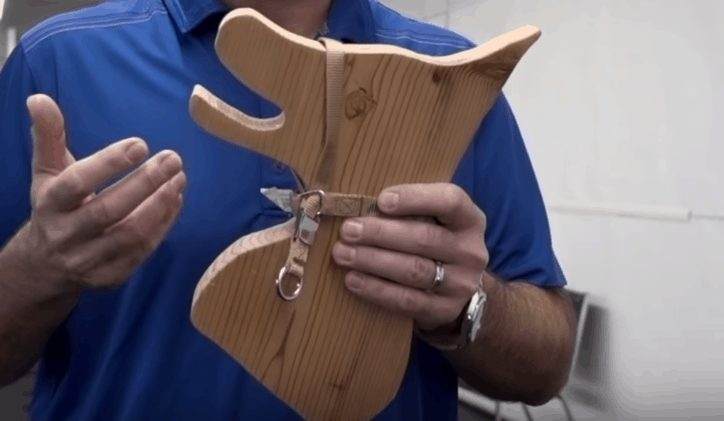
Does Gentle Leader Help with Barking?
After wearing it, dogs are free to open and close their mouths as much as they need to. But it gives us that control from the point under the chin.
It is useful for those younger dogs who don’t have that full emotional control yet or even for some of our bigger, stronger dogs that need a little help.
Functionally, the way the Gentle Leader works is the head collar sitting nice and high on the back of the skull actually helps mimic how a mother dog would grip a puppy and takes advantage of those pressure points to help calm those dogs down a little bit.
And we’ve seen a lot of our students who all of a sudden, the moment we put it on, see those dogs settle down and start to get a little bit more success. They can build on to that success with their training.
I think it’s a really important point and the first time that we took our dog into the city, it really had an incredibly calming effect on her.
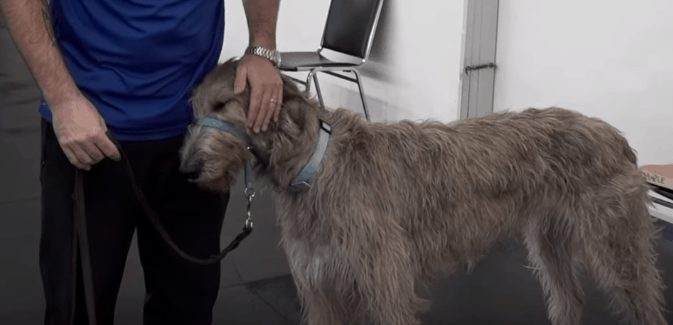
Are Gentle Leaders Good for Dogs?
We use Gentle Leader to gain success with our dogs and once the dogs start to understand what it is we want them to do and slowly we can wean off it.
And wean off it is the critical part because there is such a big difference with the Gentle Leader on versus not. It’s important that we take a few steps to show the dogs how to come off that Gentle Leader and work towards working with a flat collar.
Advantages of the Gentle Leader
- It comes with instructions which are clear and straightforward to follow
- It prevents the dog naturally form lunging, jumping and pulling
- Does not cause the dog to cough, gag, chock or feel any pain
- Useful in numerous kinds of dog training
- Even if the front part has been pawed off, it remains securely around the dog’s back of the head to prevent it from escaping
Disadvantages of the Gentle Leader
- Takes a considerable duration before the dog gets used to it
- It may fail to fill well on other short-nosed (brachycephalic) dog varieties
Familiarizing your Dog to the Gentle Leader
Slowly acclimatizing your dog to the Gentle Leader is crucial. Typically, the neck strap is a point of pressure that reminds the dog of the pressure its mother used to put on the back of its neck whenever she was picking up its puppies in the litter.
Likewise, the nose strap act as your dog’s reminder of the Alpha dog because its pressure is comparable to the pressure used by other higher-ranking dogs as a correction.
Thus, at first when your dog experiences the Gentle Leader he thinks that either the Alpha dogs or mother dogs are sitting on its head.
Associating the Gentle Leader with positive things is vital plus never taking it off despite your dog struggling consequently makes your dog start enjoying having it because it means treats and walks.
It is mandatory that you have the Gentle Leader on along with a leash attachment. In case your dog starts figuring immediately you put on the leash, lift the strap GENTLY at a continuous rate heading towards the sky.
Do this till the point where your dog relaxes and stops struggling. As soon as your dog settles down, promptly loosen the mild pressure on the leash to achieve a ‘J’ on the leash, then praise and treat.
However, you should never pull on or tug the least comparable to how you would with a chock chain correction.
Your aim is to apply gentle pressure to your dog’s head collar so that he or she ‘gives in ‘by lifting your leash.
At the start, you need to have your dog wear the collar numerous times during the day for about 2-3 minutes, feed him, throw a toy, give him treats among other activities while the collar is still on.
If your dog is not struggling after three 3 minutes, remove the Gentle Leader, but you never should take it off in case your dog is stressed since this would be a reward for struggling.
Additionally, slowly increase the duration she wears the collar inside the house and subsequently after your walks, and he is tired, start putting it on. Increase the length in which it is worn especially towards the end of your walk till you essentially start putting it on at the start.
Whenever your dog attempts to rub his head through the grass or rub his nose on your legs, you should not allow it. Instead, lift the leash as previously stated and then relax the strap and complement it when he stops. It is crucial you make the time the Gentle Leader is on to be FUN.
Fit the collar suitably in case your dog keeps fighting it.
Lastly, guarantee you properly fit it when your dog’s nose starts to chafe, add to the nose strap some moleskin or adjust to a dense nose strap collar.
The following video will also help you out:
How to Put on Gentle Leader Head Collar
Now one of the hardest things to figure out is how the heck to put this thing on. When you pick it up, it’s a bit of a jumbled mess. The easiest way to do that is to take the head collar and hold it like a capital T and from the center of that T, I push up the nose loop.
So this is the first part that goes over the dog’s muzzle and then the head collar will wrap around and do up nice and tight. It does take some dogs some getting used to in terms of how this is gonna work.
So, again, I hold it like a capital T. I push the nose loop up. And what I will do for her because she’s never had one on, is I’m actually just gonna take a treat,. I’m gonna put my hand through that nose loop with the treat.
Simply move this towards her nose. Say yes, and reward as it touches her nose. And I’m going to take it away again. So we’re not forcing it on her right off the bat. We’re getting used to it.
While she’s chewing on that treat, I’ll bring that head collar around the back
and simply do up the buckle.
What Size Gentle Leader Do You Need?
Now in order to get the full functionality of the Gentle Leader, the fit is critical.
That gives the dogs a full range of motion with their mouths. But gives me great direction when I add pressure on the leash.
Leash Pressure
There is another critical portion to keep in mind with the Gentle Leader. It gives me great control of the nose. But when my dog is being compliant and doing what I want them to, I need to make sure pressure comes right off.
Now, I talked about a minute ago, making sure that I can add pressure when I need to. As I turn and move, I can add a little pressure to give her that direction.
But when she’s moving with me, I can loosen that up. Make sure that there’s slack in the leash and then reward/praise her for moving with me.
Now, if I need her to turn and add a little pressure. I can use the leash at that point. But then you’ll notice the slack goes right back in that leash and that clip hangs straight up and down.
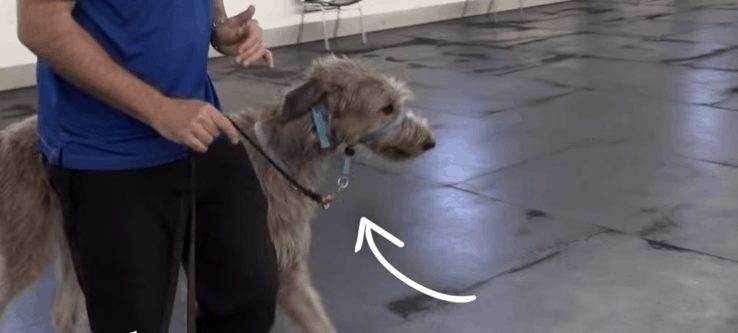
Gentle Leaders for Busy Dogs
Now we talk about Gentle Leaders for busy dogs and some of our more excited dogs. But I’ll be honest, Gentle Leaders are also extremely beneficial for some of our bigger dogs.
So this gives me to control without having to use a lot of force. It’s very gentle on them, it’s very calming and really helps to give them the direction that they need.
One of the best use of this accessory is when you are traveling with your dog to other countries where there are so many unknowns and you want to control your dog’s barking behavior.
So when it comes to Gentle Leaders, they are a tool that’s available to us. Our goal with you and your dog is to help you be as successful as you can be. We want you to view these different pieces of equipment that way.
Learn More With the Help of Video
References
- https://www.vetsmall.theclinics.com/article/S0195-5616(14)00010-2/abstract
- https://www.sciencedirect.com/science/article/pii/S019556160800106X
Table of Contents
